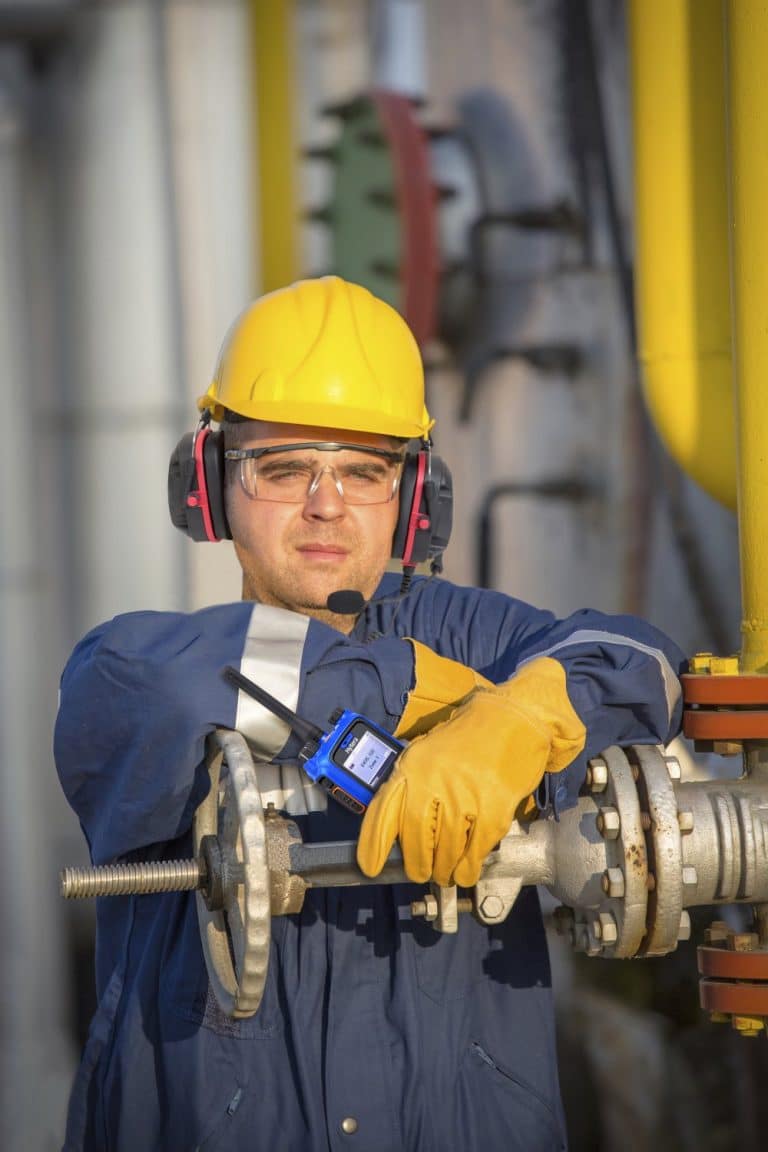Radio range surveys ensure maximum communications range.
Signal Attenuation
Signal attenuation refers to a reduction in signal over distance.
Obstacles between transmitter and receiver will reduce signal strength.
Reduced signal strength will reduce communications range.
Obstacles can be both natural and manmade.
Natural objects include hills and valleys.
Man-made objects include buildings.
Earth Curvature
Radio signals at frequencies above 30MHz normally go in straight lines.
This is known as ‘line of sight’
If two people holding Walkie Talkies, moved away from each other, eventually earth curvature would block the signal.
Literally, the surface of the earth would be between the two radio users.
If you are finding this concept hard to imagine, think of placing a pencil on top of a snooker ball.
The pencil represents the ‘line of sight’ radio signal.
In our pencil and ball example, the antenna height is effectively zero, and it’s on the ground (our balls surface).
Now imagine someone is transmitting from the top of the ball.
Now imagine someone trying to receive the signal, who has walked around the earth (our snooker ball), to a nine o’clock position.
The signal (represented by the pencil) doesn’t bend around corners.
The result is no reception.
The good news is that raising the antenna height can help overcome the curvature of the earth.
This is why you often see communication antennas on high masts and buildings.
With the earth being round, even the highest antenna will not enable coverage of the whole earth.
Interference
Range surveys also check for possible sources of radio interference.
Interference sources include other rf signals.
RF signals could be other radio users or strong electromagnetic sources.
Ofcom licences such as the ‘UK Light Licence’ use shared frequencies.
A range survey will identify any users of the same frequency in the desired coverage area.
Spectrum Analysis
As part of our survey investigations, we also carry out radio spectrum analysis.
A Spectrum Analyser is a specialist piece of radio test equipment.
Spectrum analysers show signals over a wide frequency area.
This is important to check, as some signals will only be occasional, and maybe missed by merely monitoring a few frequencies.
Building Structures
The type of buildings you need to operate in, are assessed during our survey.
Metal buildings for example can block or heavily attenuate radio signals.
This matters if you are communicating in and out of the building, as the metal is between you.
There are of course solutions.
Author: Craig Miles
